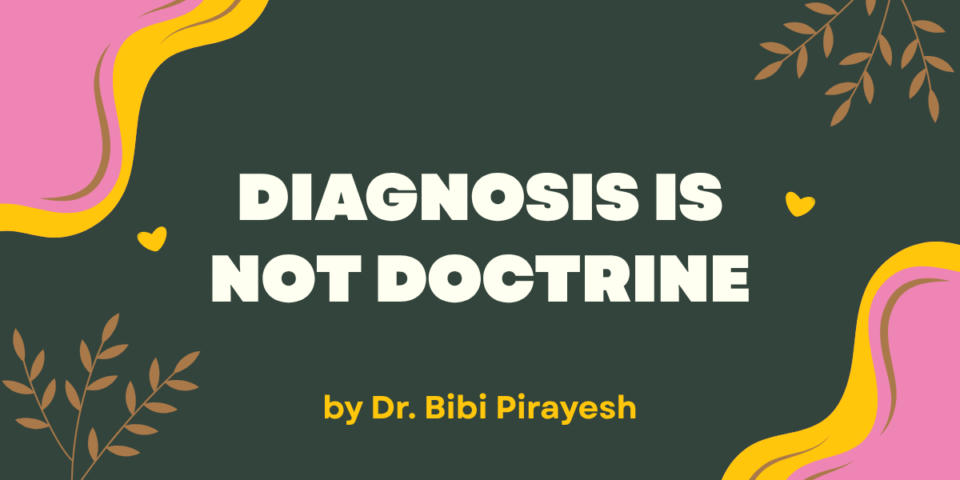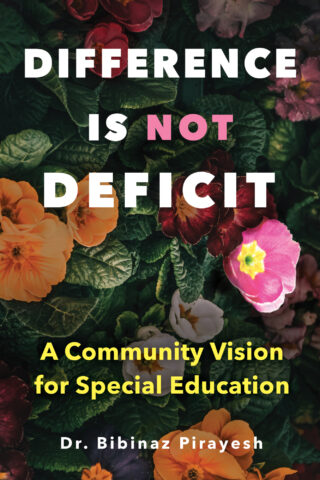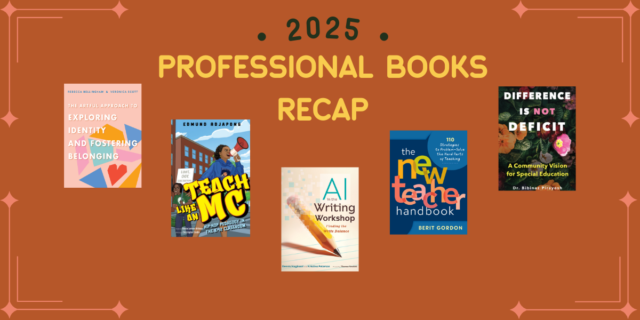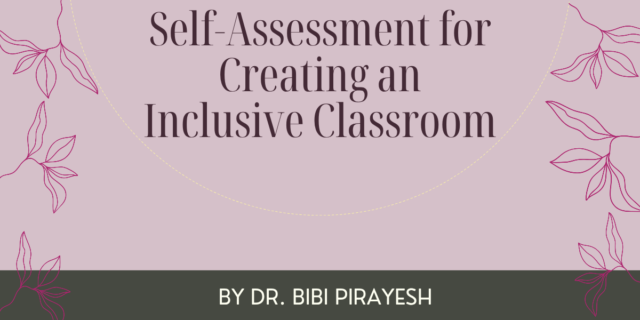
The following is adapted from Difference is Not Deficit, by Dr. Bibi Pirayesh.
What if instead of letting the neuropsychological report lead us, we had led with questions like:
- Who is this student?
- How do they learn?
- What works for them and what doesn’t?
- What’s going on in their life?
- What do they truly need right now to realign with the natural state of learning?
A big part of those answers should be coming from the student themself. In short, what if we didn’t just talk about centering students without actually centering them?
As teachers, we must dethrone the diagnosis and see it as merely a description of the symptoms—not the cause of the student’s struggles. ADHD, for example, is a label that describes a set of symptoms such as difficulty sitting still or sitting up; it does not explain the deeper reasons for the student’s struggles, like personal challenges, learning environment, or unmet emotional needs. Moreover, every tool, from the DSM-5 to IDEA to any other used to label and categorize children in the West, has a long and troublesome history behind it and needs to be contextualized. Just as we must see students in the context of their environment—their history, their culture, their experiences—we must take the same approach with our diagnostic tools.
This, according to Freire, is also the first step toward conscientização: becoming conscious of the world and the systems we live in. This is especially difficult when the systems you live in actively work to stop you from becoming conscious of them. When I immigrated to the United States at ten years old, I was shocked to find that I had a far deeper understanding of the world, from geography, to sociopolitical relationships, to America’s economic ideologies and history, than any adult American I would meet, including my history teachers. This was because I had lived the consequences of America’s foreign policy. It is also because I came from a culture that had historically needed to be hyperaware of such issues in order to survive. But to succeed in the US, my deeper knowledge and understanding was actually a hindrance. I wasn’t a “deep thinker”; rather, I was labeled an “overthinker,” even by educators.
This description clearly showed that thinking deeply and critically and questioning the status quo were not valued in American culture, or schooling, but I internalized it as “there is something wrong with me.”
Like many educators, I was shocked when a while back I learned that the correlation between ADHD and “justice sensitivity” is being considered as an addition to the list of ADHD criteria in the DSM, implying that a heightened sensitivity to injustice is a deficit that can create challenges in life. This is a perfect example of how our methodologies mixed with our WSCP ideologies harm rather than heal. To pathologize the desire to want to fight for justice is the epitome of the absurdity of Western scientific thinking. A methodology that reduces a deeply human and empathetic response as a flaw, instead of recognizing it as a strength that can drive positive change and human growth cannot be trusted.
Still, despite such developments, one could argue that our collective consciousness around the systems that govern us has grown immensely (though not without resistance) over the last few years. The murder of George Floyd, a cataclysmic event that caused waves in the world of education; the COVID pandemic, which caused hidden inequities in our systems to bubble up; and the genocide in Gaza coupled with the fascist response to it on university campuses have all forced us to reflect and question our systems. These events mobilized many students and educators to question race relations, the way American history is taught, our foreign policy, and ultimately our true values as a nation. All this has meant that as educators we are now more aware of the systems that govern us and more willing to question them.
But how do we do this in the context of our daily work? Some good questions to ask yourself every time you come to a tension about how a student is doing in your class include:
- Who set the curriculum and the standards this child needs to follow?
- Who wrote the rules and the laws by which this child is being governed?
- Was this child’s voice and the voices of others like them centered?
The answer to these questions will always help you to ensure you are advocating for the child and not for the system.
Knowing students takes time (time teachers often don’t have), but I have always been surprised by how much even the most reluctant students want to be known. The simplest personal questions can let students know we are genuinely interested in them. I’ve had fascinating and informative discussions with students about how their diagnosis feels physically in their bodies, how getting a diagnosis has felt emotionally and what it has meant for them, and whether they see themselves in the same way or differently than others in the family in terms of their thinking and learning. There is so much exploring and unpacking even of the diagnosis itself that we never do and never encourage students to do because we look at it not as a human experience but as a category and almost a disease, as if it’s independent of the child and can be examined on its own. This is one of the tragedies of diagnosis in our system. The diagnosis immediately removes the responsibility of knowing the child because they are already “known.” This deprives the child of the only thing that can heal them: a safe and loving relationship with their teacher.



